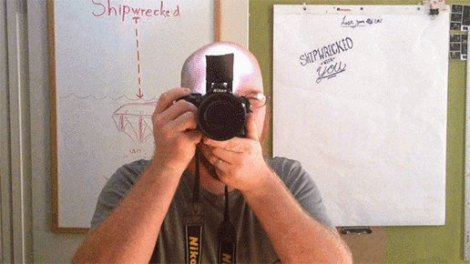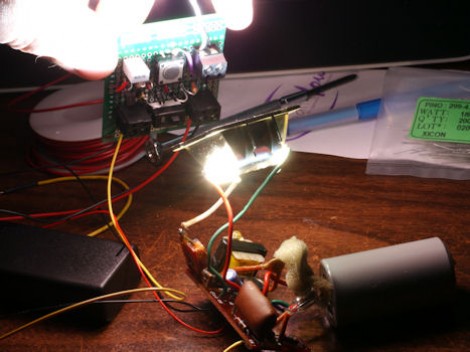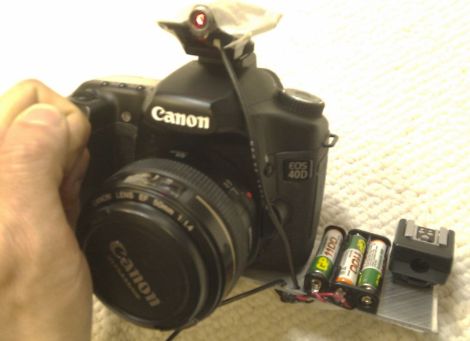Most digital cameras these days come with some kind of electronic remote shutter release. Various solutions exist, using USB cables, smartphone apps, or dedicated remotes. [Steloherd] wasn’t happy with the options available for his Ricoh GRII, though, so built a rig to do things the old fashioned way.

[Steloherd] wanted to use an old-school mechanical release cable, so devised a way to use it to trigger the Ricoh’s standard shutter button. A small aluminium bracket was created, attached to the hot shoe on top of the camera via a mounting foot from a standard flash accessory. A spring plate was then created to help spread the load from the mechanical release pin, ensuring it triggers the camera effectively without damaging anything.
Installing the mechanical release proved difficult, as the DIN standard calls for an obscure M3.4 conical tapped thread. Rather than muck about finding rare tooling, [Steloherd] simply recut the thread on the release cable to a straight M3x0.5, and did the same for the bracket.
Overall, it’s a tidy hack, and one that could be adapted to other cameras fairly easily. Other methods we’ve seen involve such odd choices as linear actuators harvested from air fresheners, if you’d believe it. As always, if it works, it works!
















